What is digital marketing? Everything you need to know
Introduction-:
Digital marketing is also called online marketing, typically referred to as using the internet and other digital communication mediums for promoting businesses and services online. It's a great way of connecting with your potential customers using the internet.
We can do digital marketing by using different mediums such as websites, social media platforms like Instagram, LinkedIn, Facebook, Twitter and emails, etc. We can use these mediums to run different campaigns, such as Google Ad campaigns, email campaigns, and social media campaigns. After running different kinds of campaigns, we can also analyze them using various tools such as Google Search Console, Google Analytics, etc. In this blog, we will learn everything about digital marketing.
What is digital marketing?
As mentioned above in an introduction, digital marketing is basically online promotion of your businesses and services using the internet and other digital communication mediums. It encompasses a wide range of online marketing activities, including search engine optimization (SEO), social media marketing, email marketing, content marketing, pay-per-click (PPC) advertising, and more.
What are the Benefits of Digital Marketing?
Nowadays, the number of internet users is increasing day by day, so it has become very important for businesses and services to have an online presence.
Cost-effective: As compared to traditional marketing, small businesses can achieve greater results with a very low budget using social media marketing and SEO.
Wider Reach: Using the internet, one can reach an audience globally. Traditional marketing used to limit businesses within a particular geographical area, but digital marketing can help you increase your reach.
Targeted Audience: Digital marketing is so effective that we can target our potential customer or audience on the social media platforms or while running ad campaigns.
Measurable Results: Another reason why digital marketing is important is that after running different campaigns on the different social media platforms, there are various tools present that are used to measure the performance of the campaigns. We can use Google search console, Google analytics ,Instagram and Facebook insights to measure the results, and according to the findings, we can make the necessary changes in the next marketing campaign.
What are the Different Strategies of Digital Marketing?
1.Search Engine Optimization (SEO): Search engine optimization is the techniques or methods that we use so that the website we rank higher on the search engine result page (SERP). There are different types of SEO present, such as on-page SEO, off-page SEO, technical SEO, and local SEO. Keyword research is a very important step for search engine optimization. Finding out relevant keywords and then incorporating them properly in your content is a crucial step in SEO. We should avoid stuffing keywords or using irrelevant keywords in content. We can use free as well as paid tools for finding out keywords. Google Keyword Planner, UberSuggest, and SEMrush are some of the tools used for keyword research.
2. Social Media Marketing: Social media marketing is nothing but promoting or doing marketing of businesses using social media platforms. Social media management includes scheduling, creating content, posting, and analyzing the campaigns. In social media marketing, first we have to decide our goal that we want to achieve. For example, whether we want to achieve brand awareness, visibility, lead generation, or increase engagement with the audience.
There are different KPI’s (key performance indicators) available, such as impressions, clicks, views, likes, shares, and conversions, which we can consider to analyze the performance of our social media campaign. There are also tools available that help us to schedule posts, create content, and manage all our social media accounts in one place. Buffer and Hootsuite are social media management tools that we can use to manage all social media accounts in one place. Buffer offers both free as well as paid plans, while Hootsuite is a paid tool consisting of some unique features, such as Hootsuite's AI assistant, OwnWriterAI, which can generate social media posts and captions also.
3. Email Marketing: Email marketing offers cost-effective direct communication with your customers as well as leads. We can customize personalized emails to increase engagement with our targeted audience. There are different automation tools available that will help marketers send emails without manual efforts. Mailchimp and ActiveCampaign are some of the tools that one can use for email marketing.
One should use best practices while performing email marketing, such as having personalized content, emails should be optimized for mobile devices, and there should be a clear CTA (call to action) button.
4. Affiliate marketing-: Affiliate marketing is a performance-based marketing strategy where businesses reward individuals (affiliates) for promoting their products or services and driving sales or other desired actions, like lead generation or sign-ups. It’s a win-win model: affiliates earn commissions based on their referrals' performance, and businesses gain exposure and sales without upfront advertising costs.
5. Paid Advertising-: Paid advertising in digital marketing refers to the practice of promoting products, services, or brands through paid channels on digital platforms. Unlike organic marketing efforts, which rely on content and engagement over time, paid advertising provides immediate visibility and results, often targeting specific audiences based on demographics, interests, or behaviors.
Types of Paid Advertising in Digital Marketing:
Pay-Per-Click (PPC): The most common form, PPC ads charge advertisers only when a user clicks on the ad. These ads can appear on search engines (Google Ads), social media platforms, or display networks.
Social Media Advertising: Platforms like Facebook, Instagram, LinkedIn, and Twitter offer targeted advertising options based on user interests, behaviors, and demographics. These ads can appear as sponsored posts, in-feed ads, stories, or sidebar ads.
Video Advertising: Platforms like YouTube and social media channels allow video ads, either as standalone commercials or pre-roll, mid-roll, and post-roll ads during video content.
- Retargeting/Remarketing: These ads target users who have previously interacted with a brand's website or app, reminding them of products they’ve viewed or considered purchasing.




_(1).jpg)
_(2).jpg)
.jpg)

_(1).jpg)

.jpg)
.jpg)
.jpg)
.jpg)
.jpg)


.jpg)
_(1).jpg)
.jpg)
.jpg)

_(1).png)

.png)
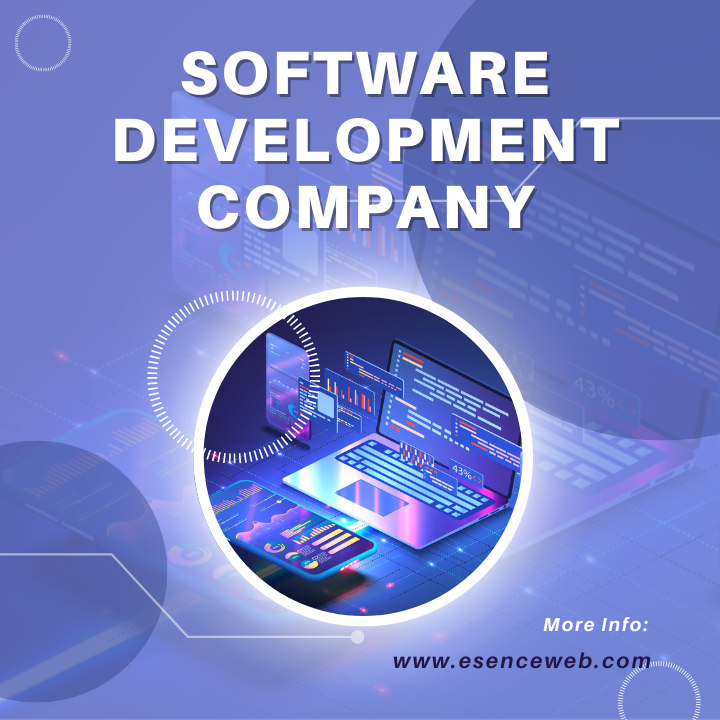
1.png)
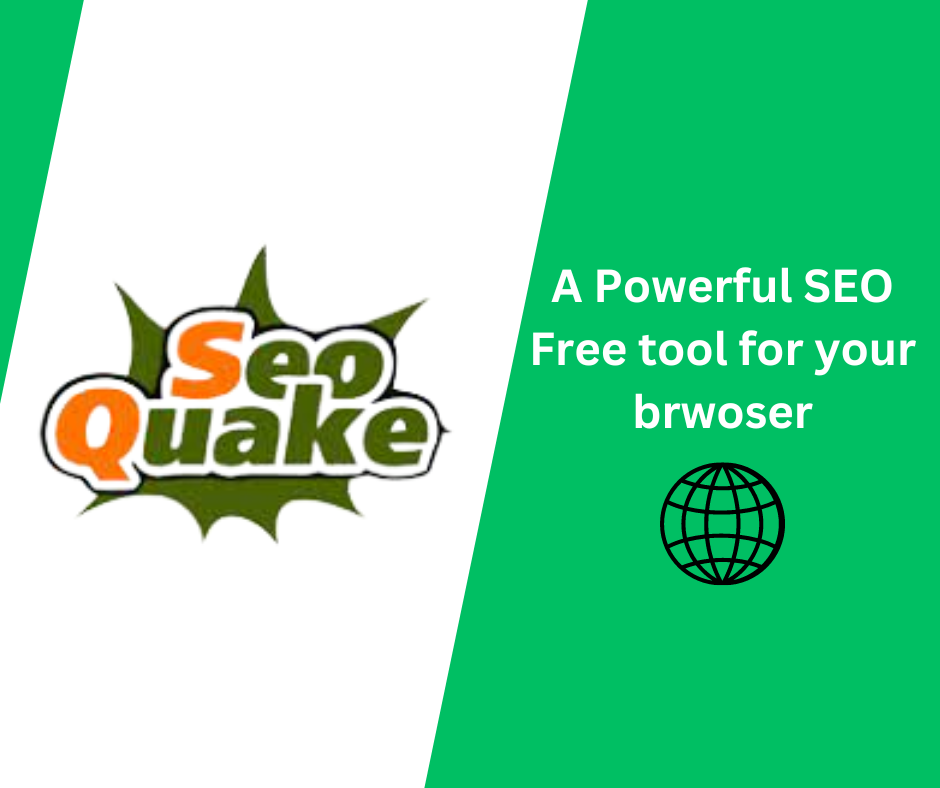
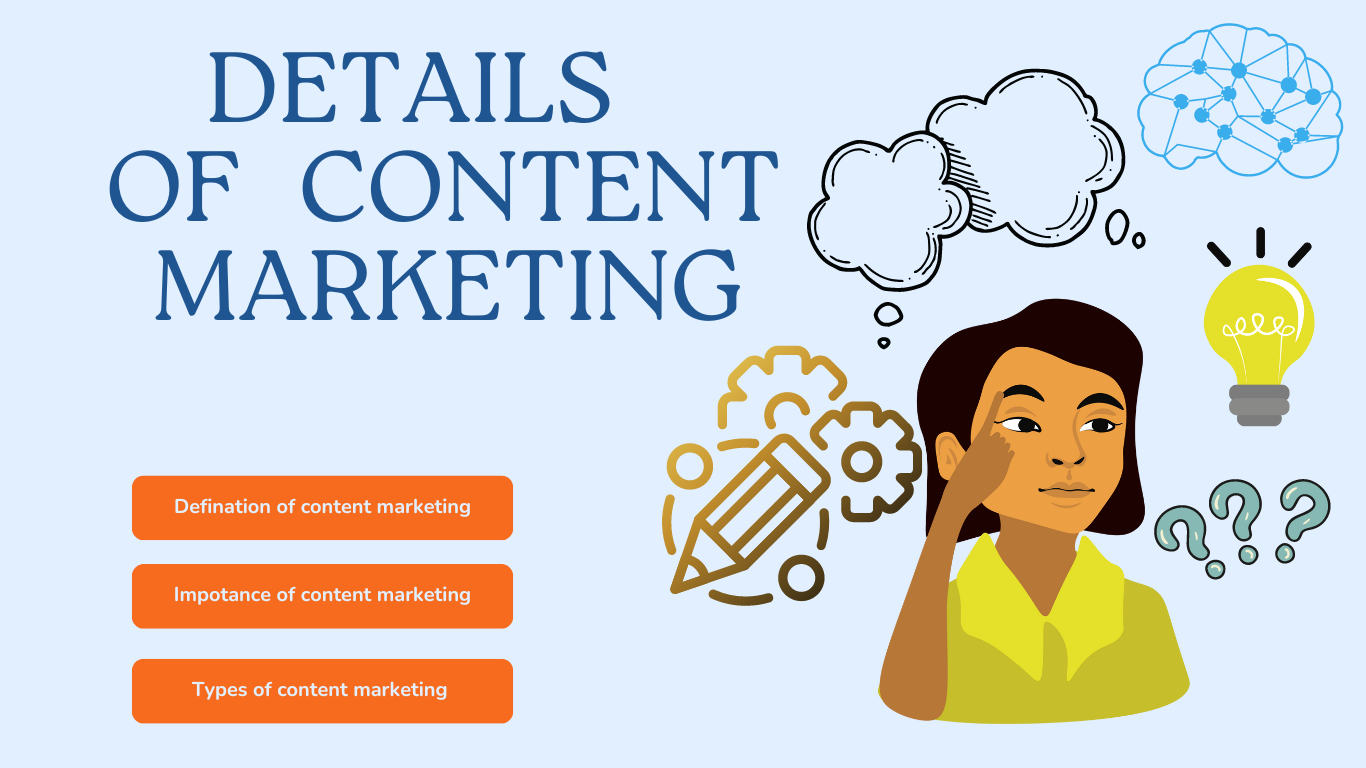
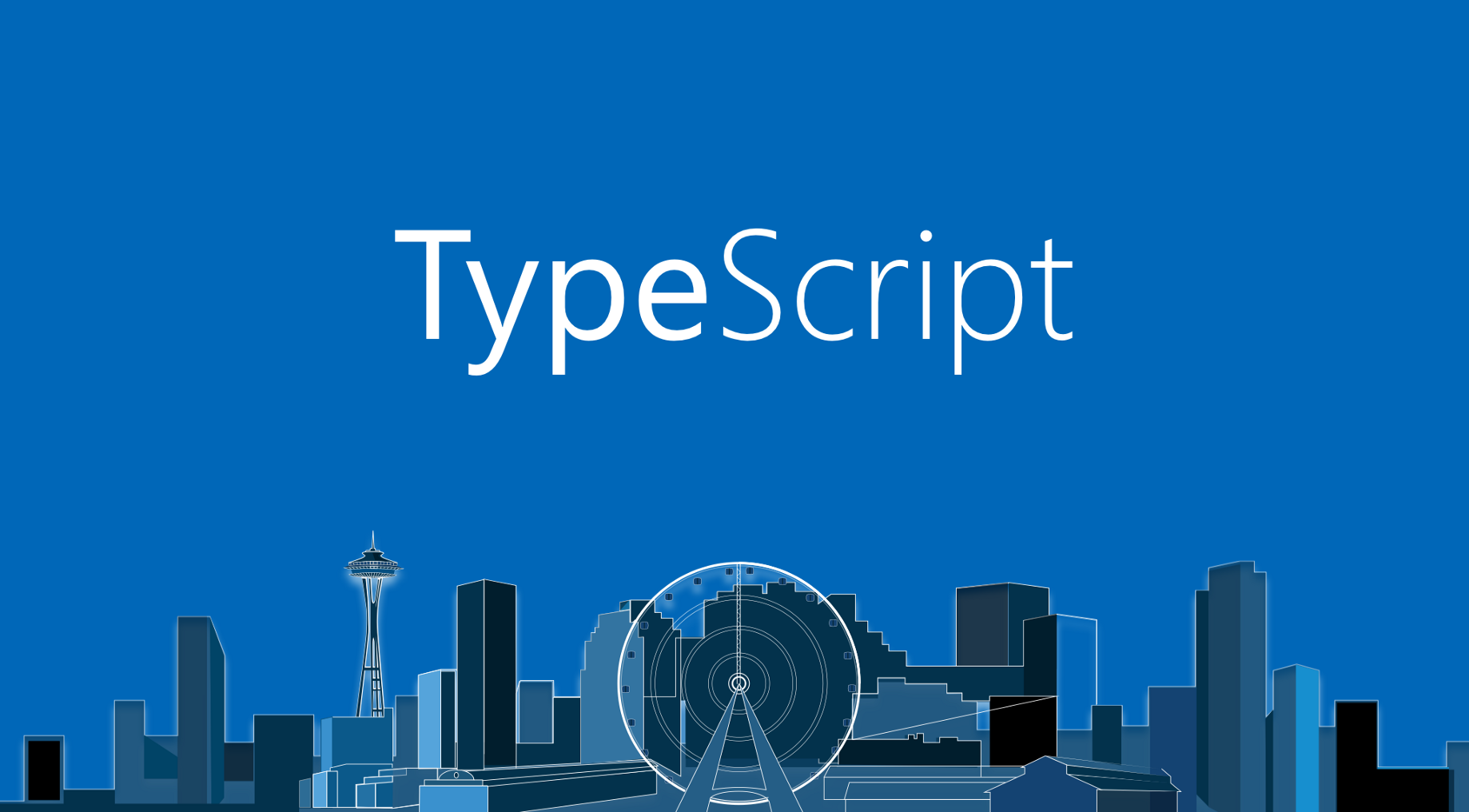
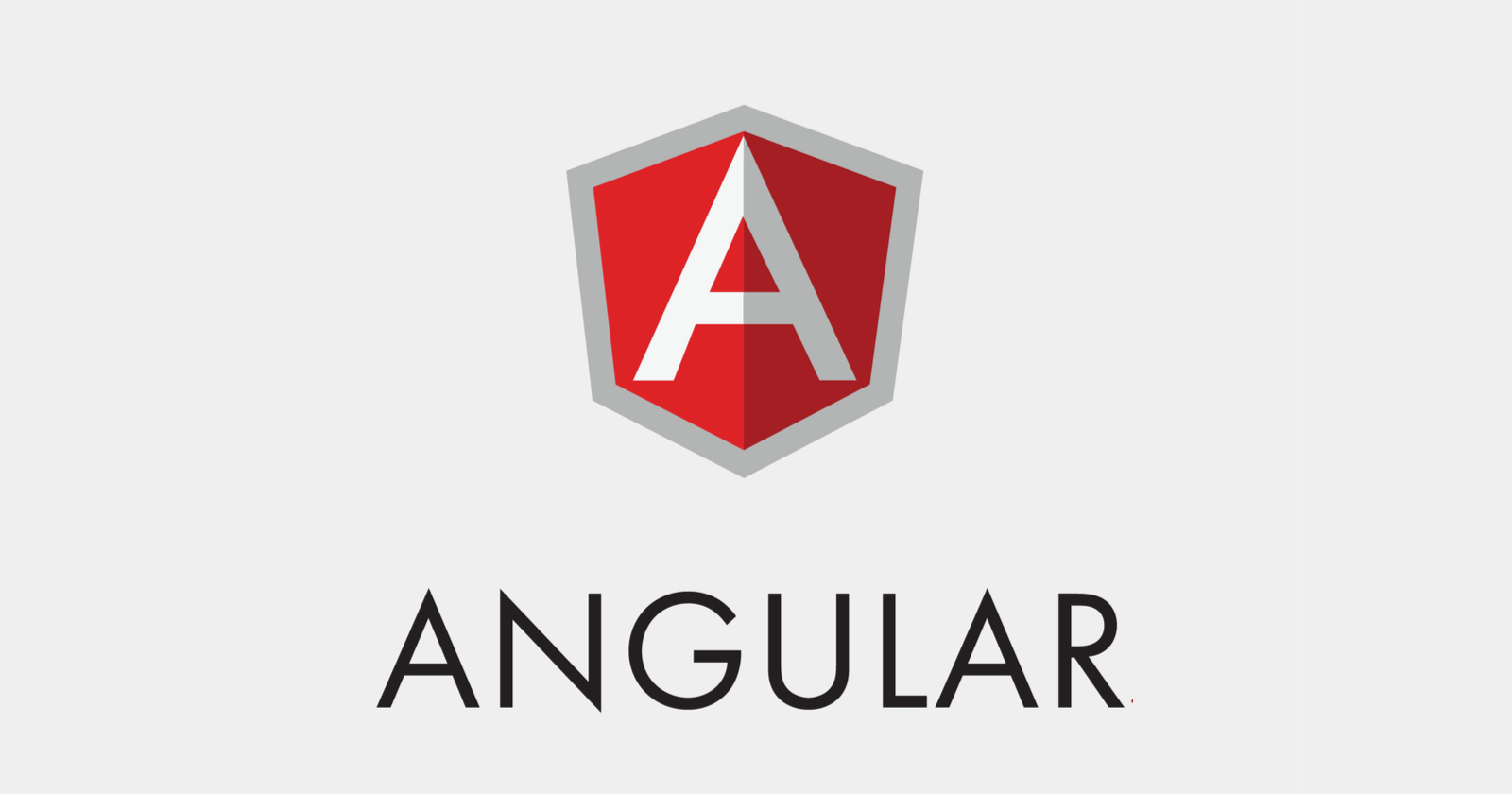
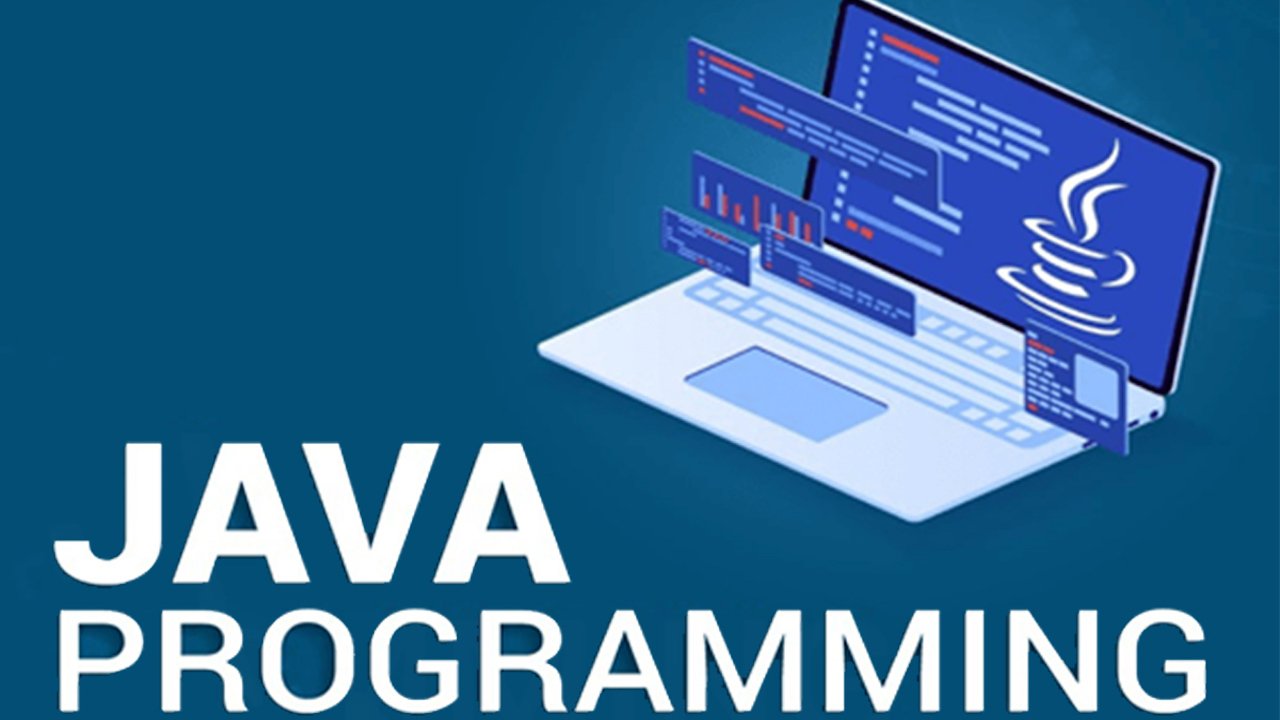
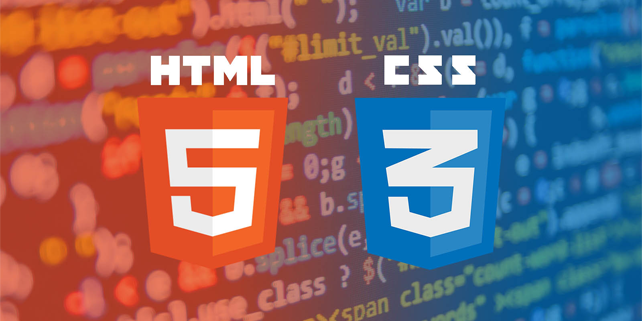
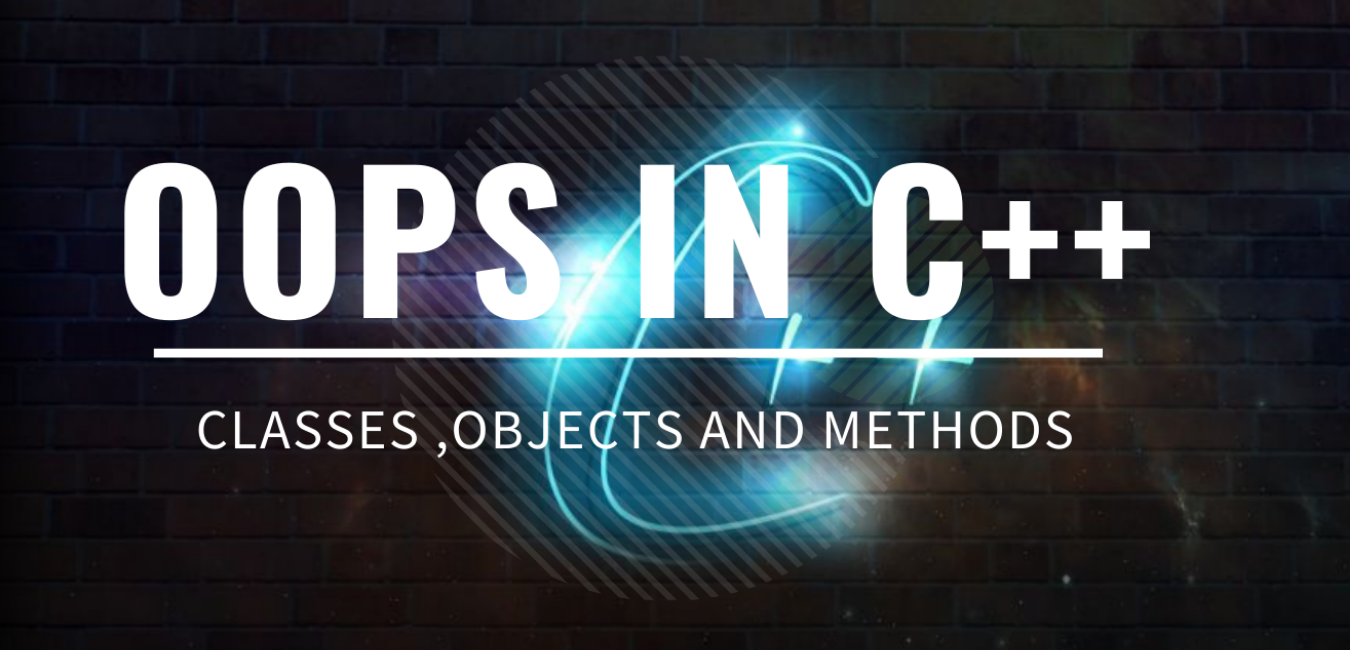
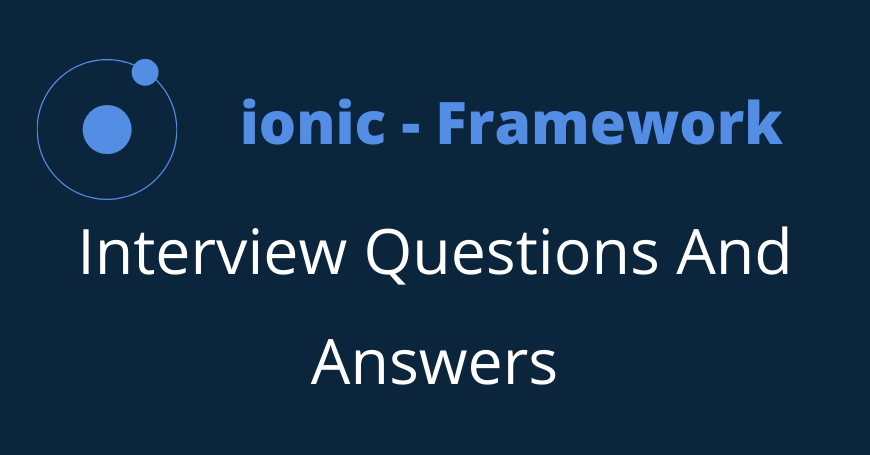


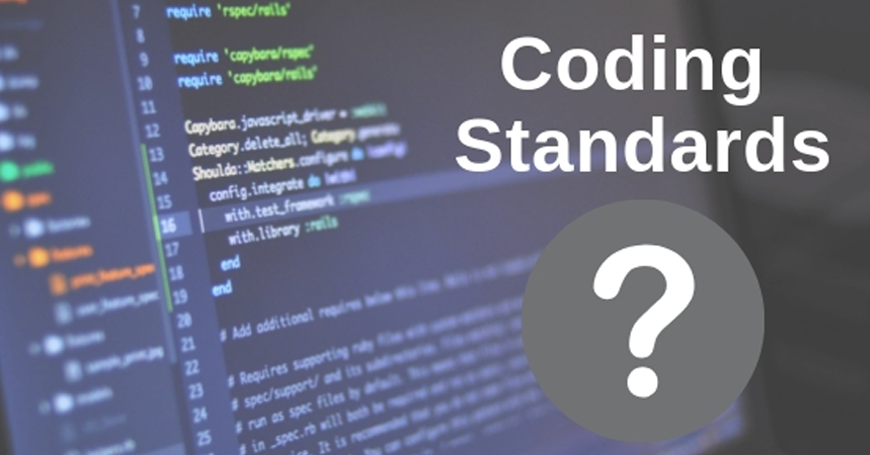
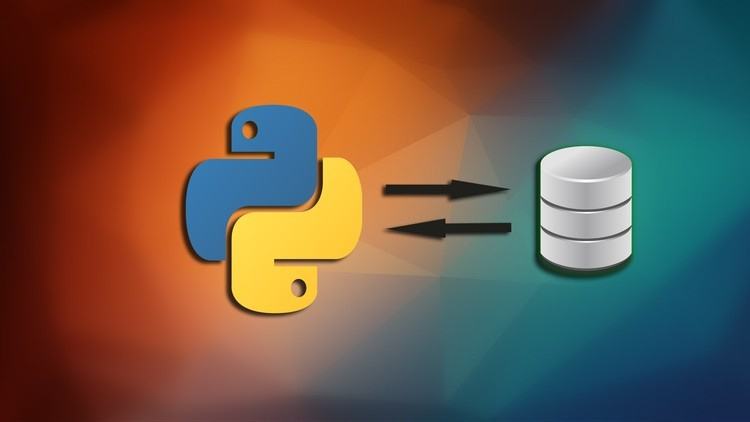
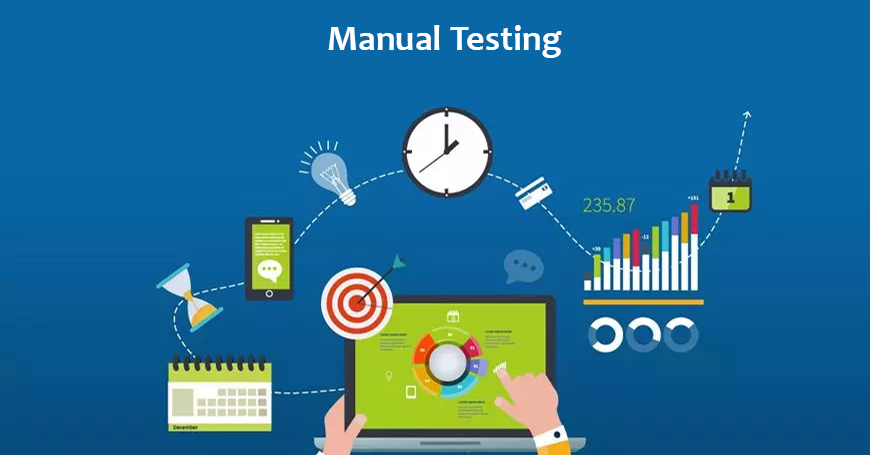
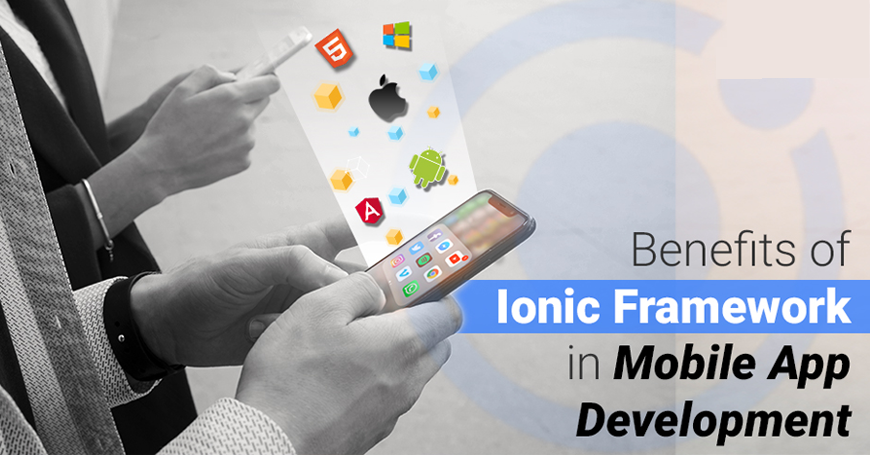
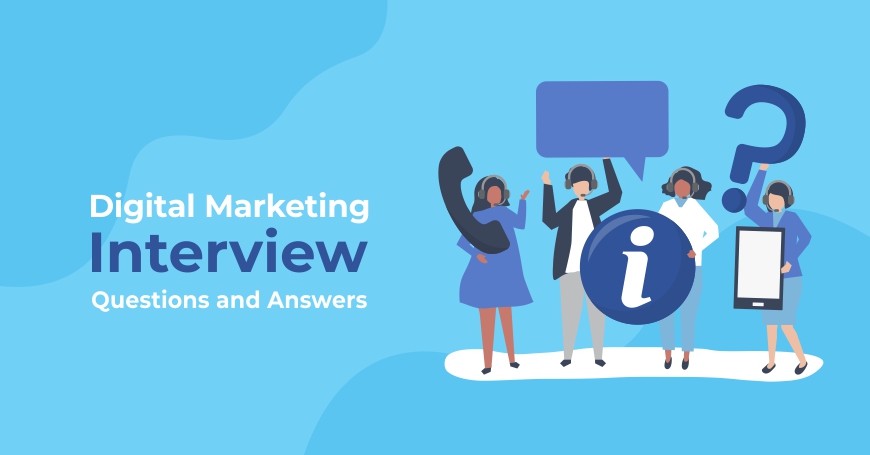
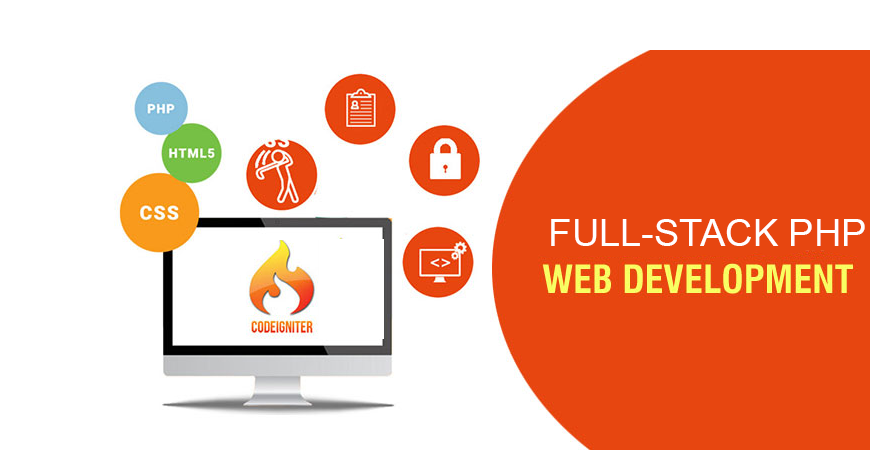

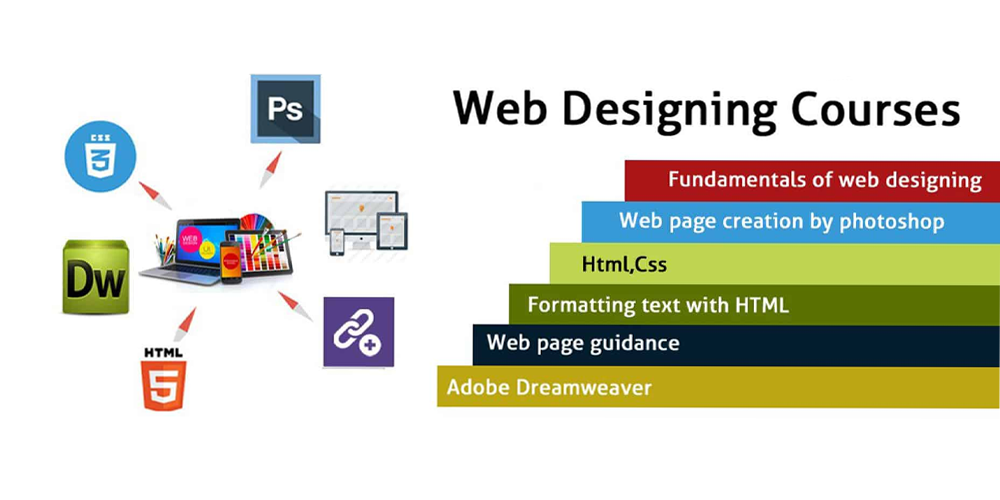
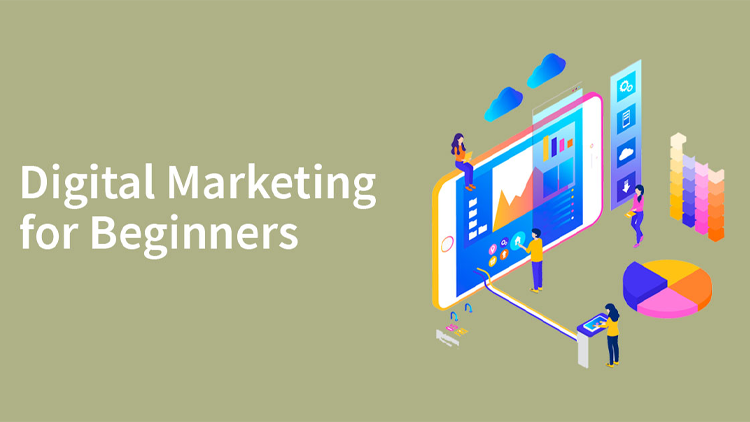
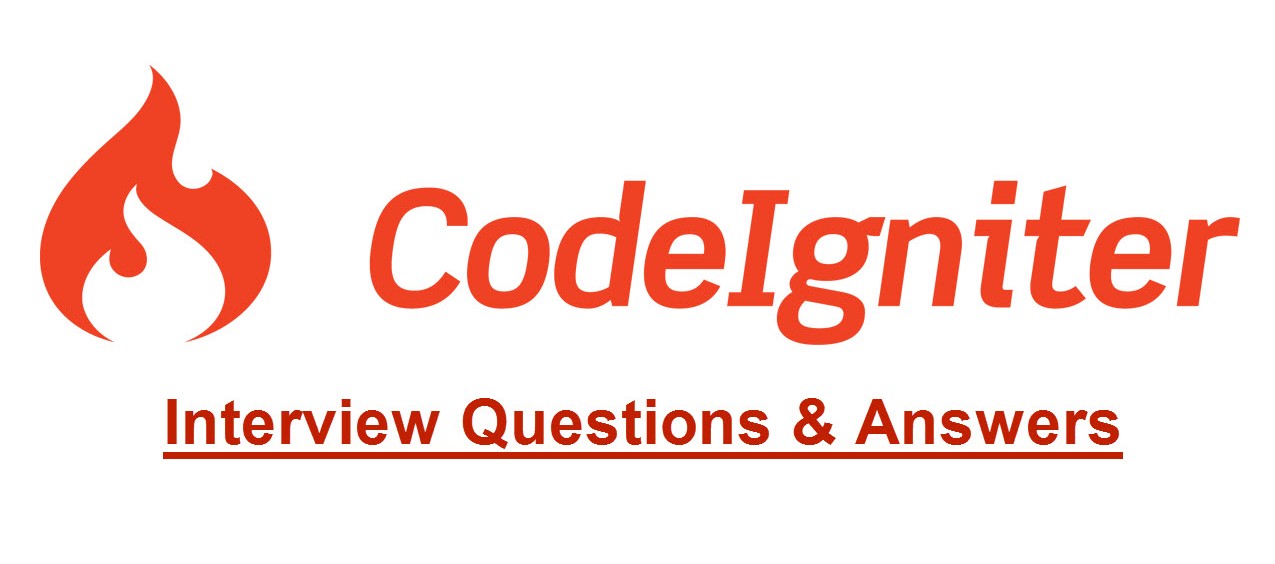
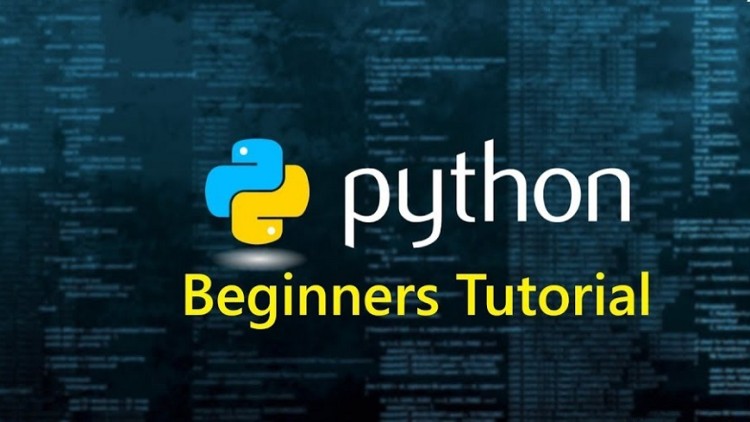
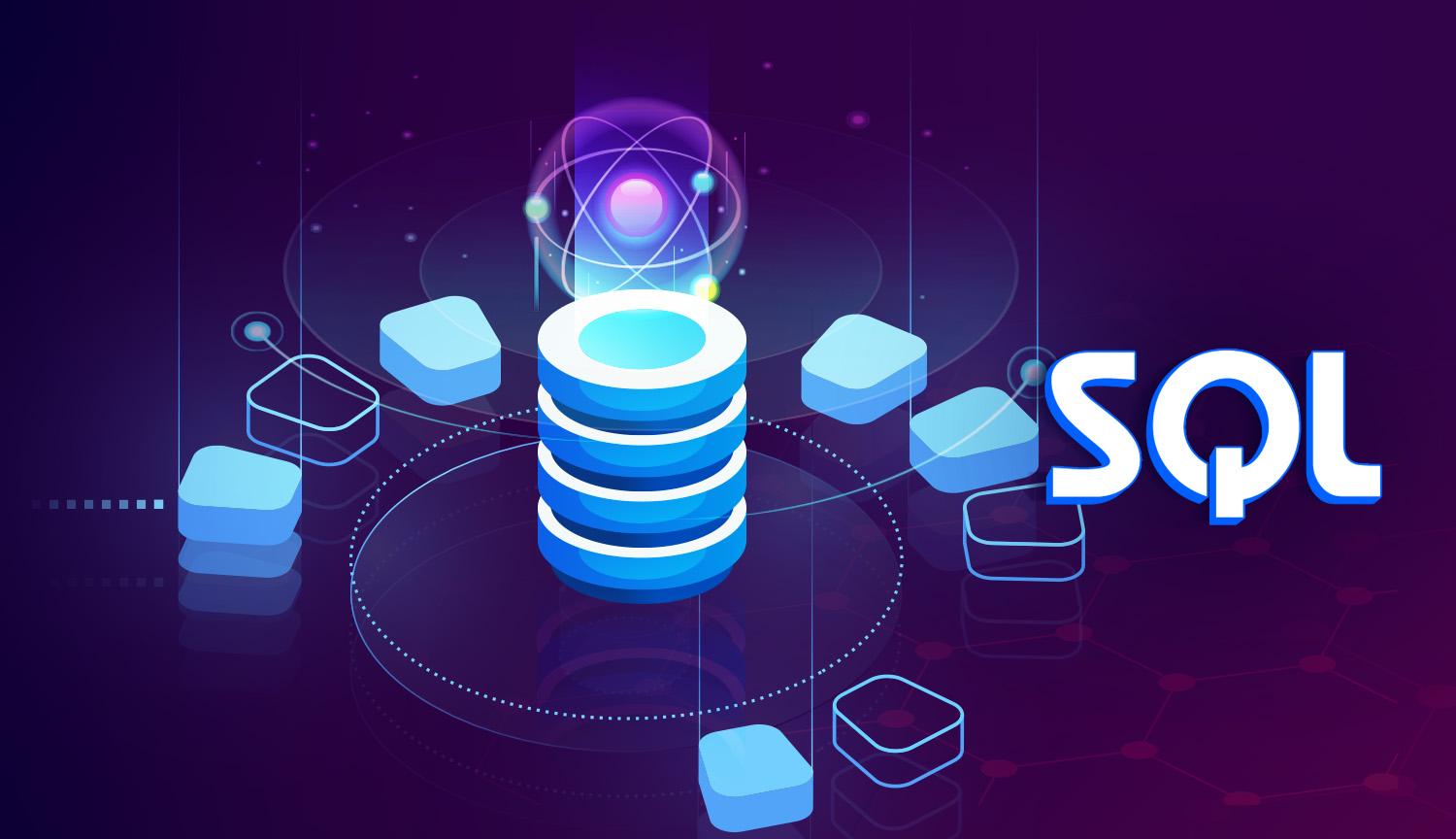
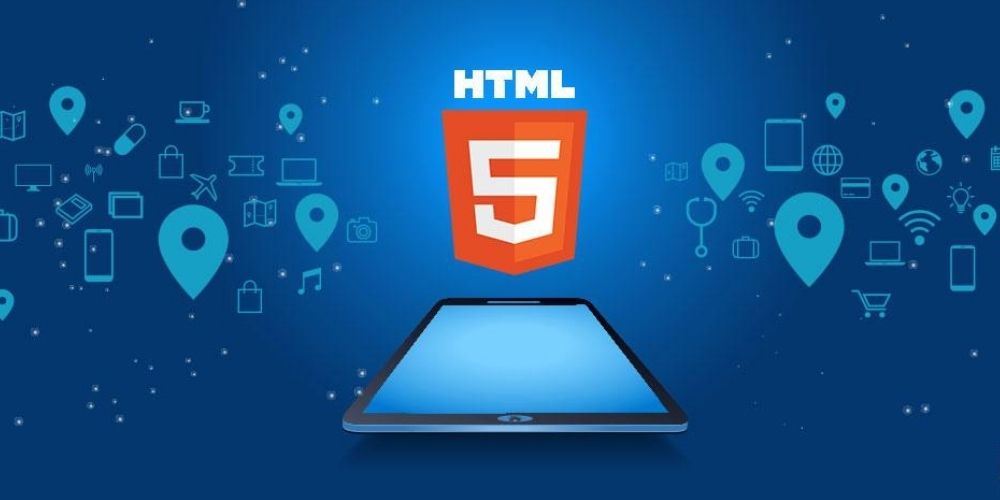
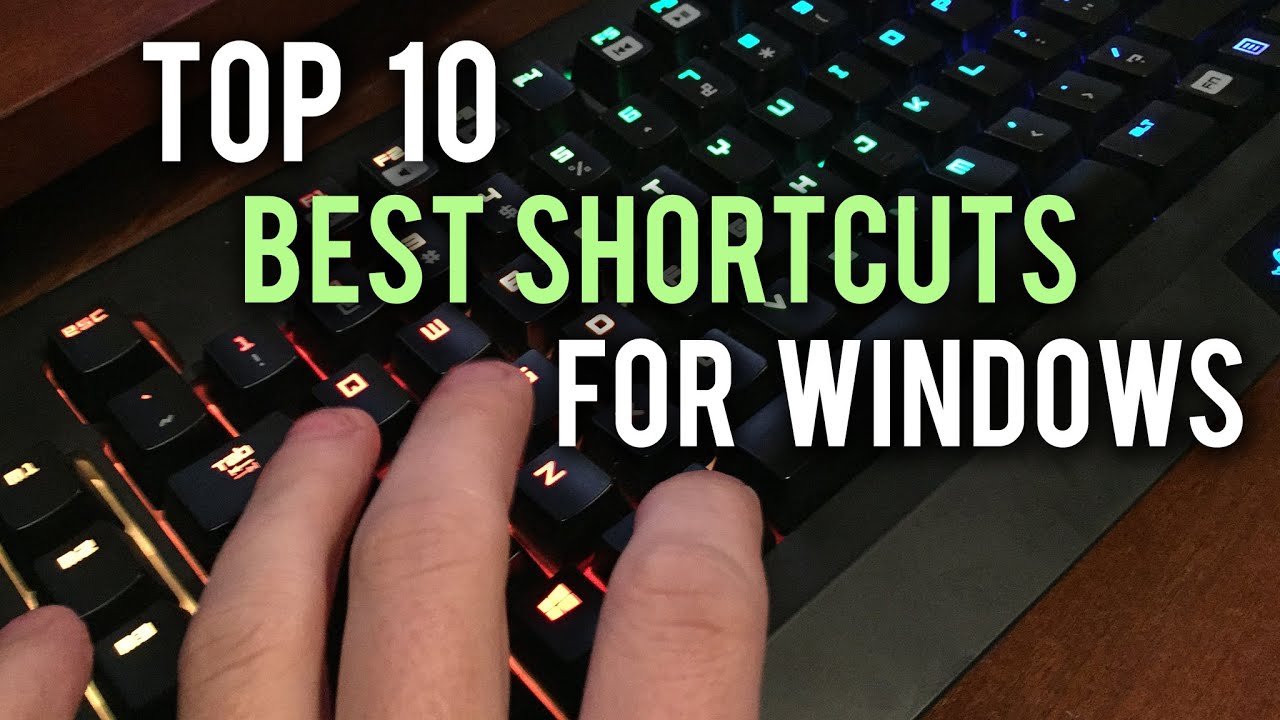
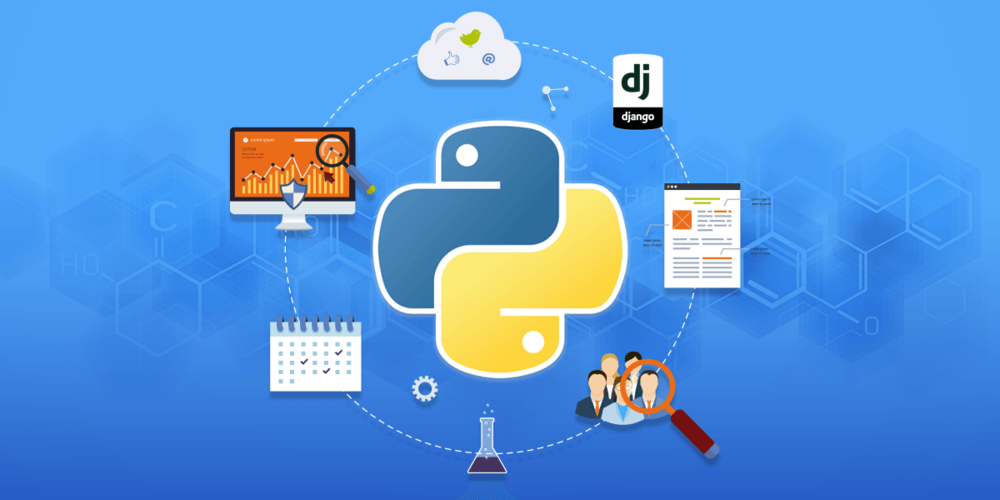
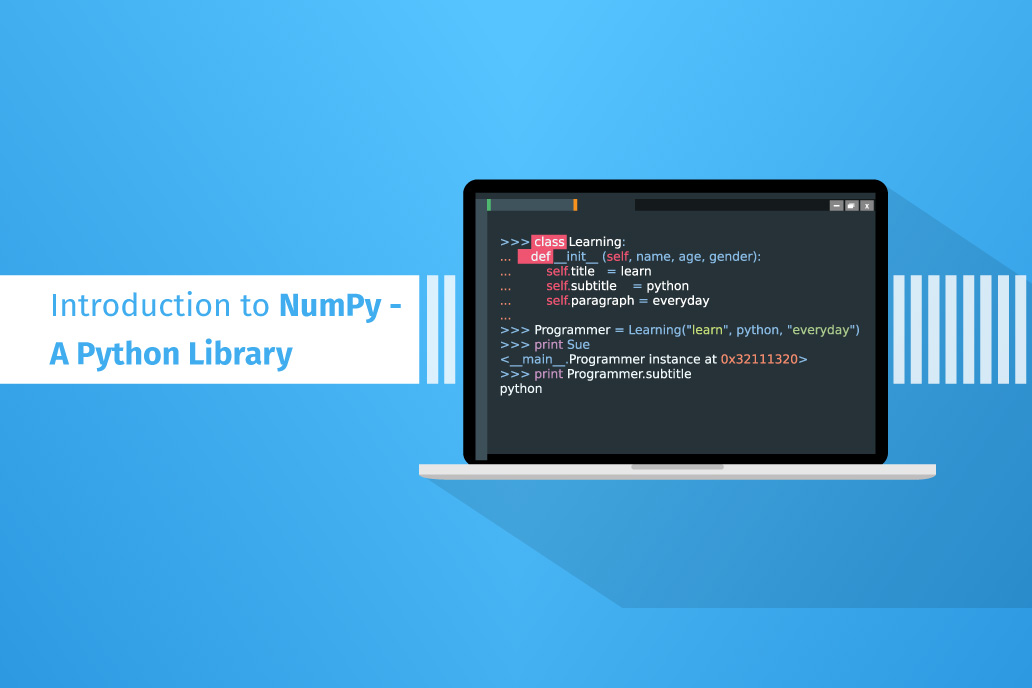
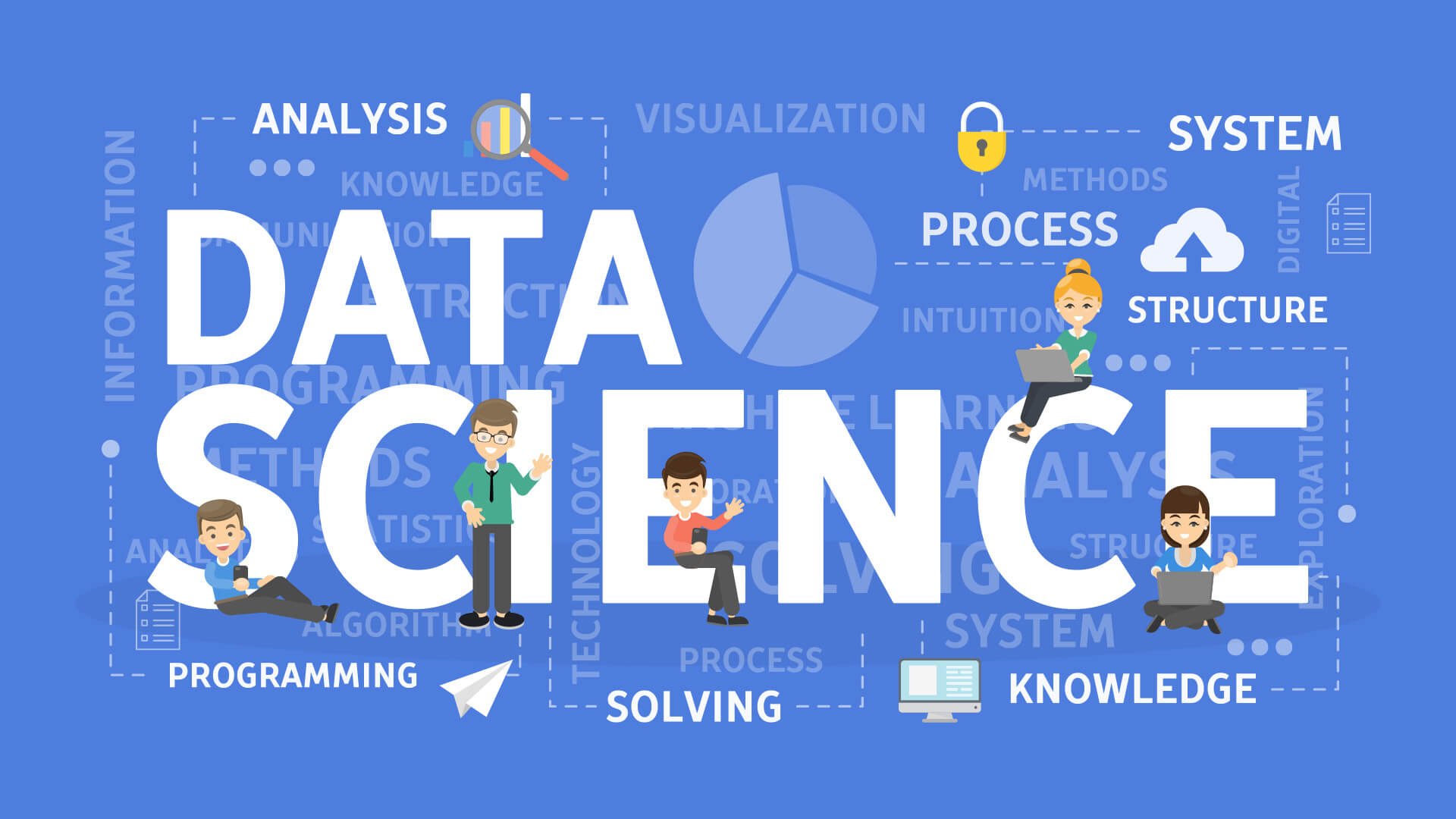
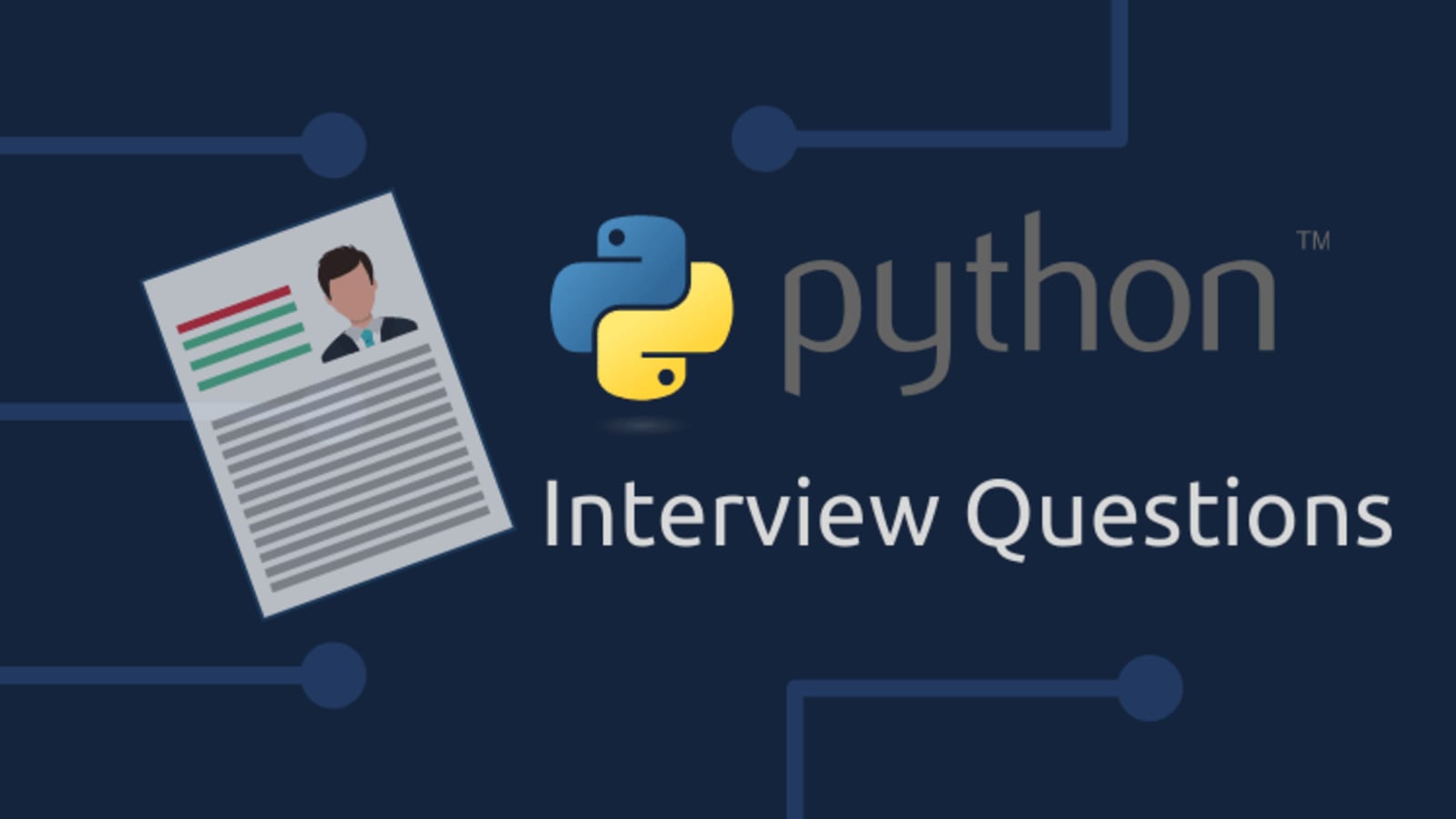
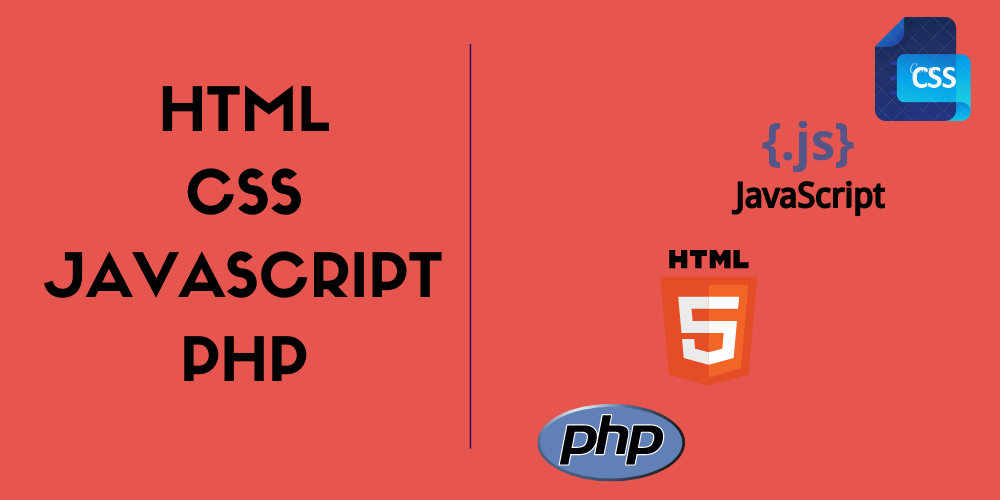
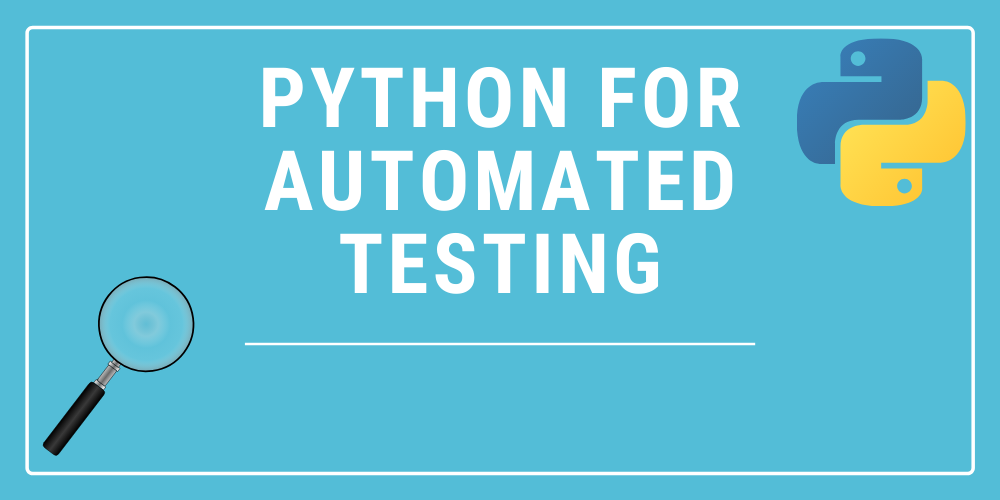
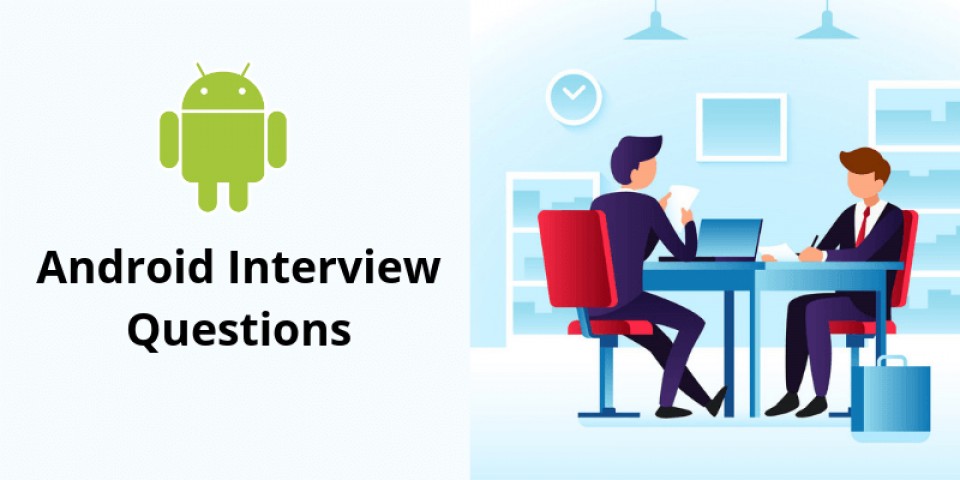

4.png)

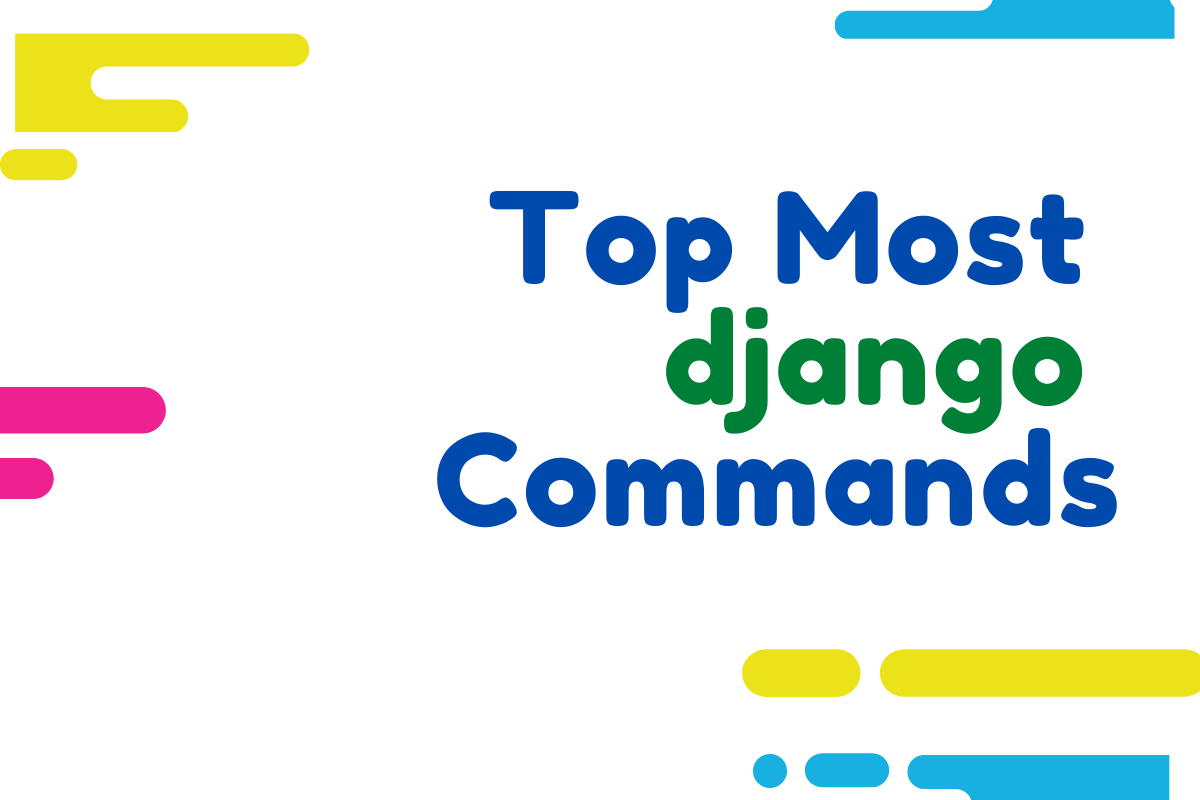
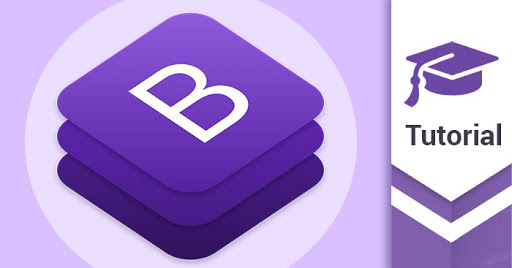
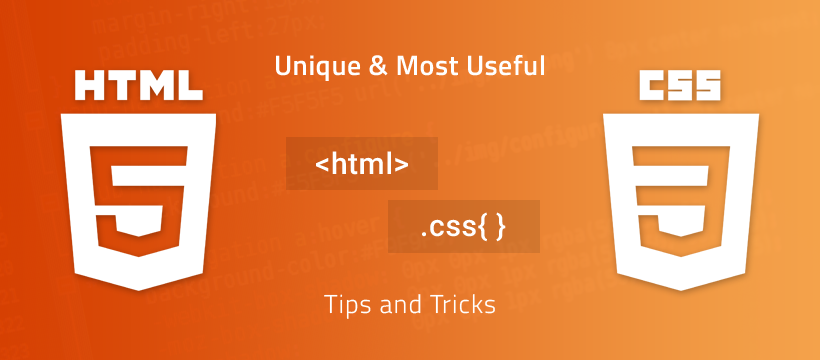
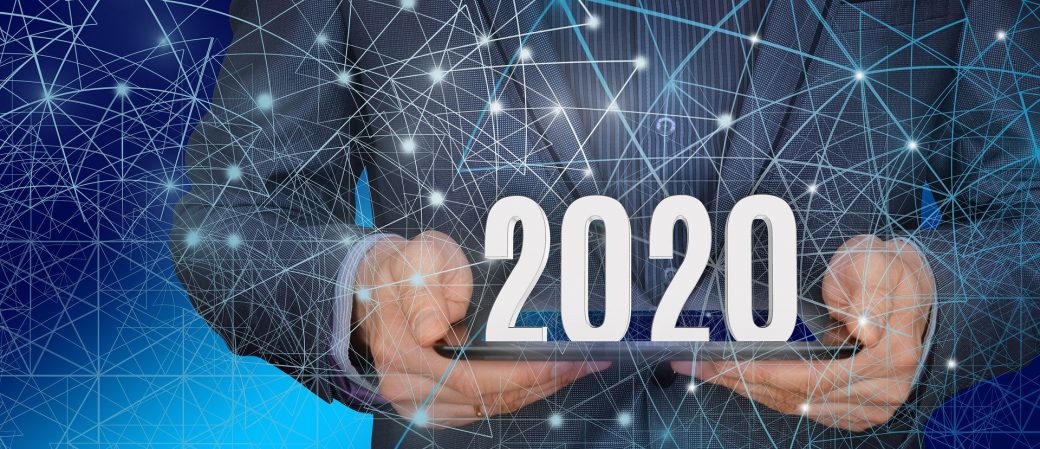
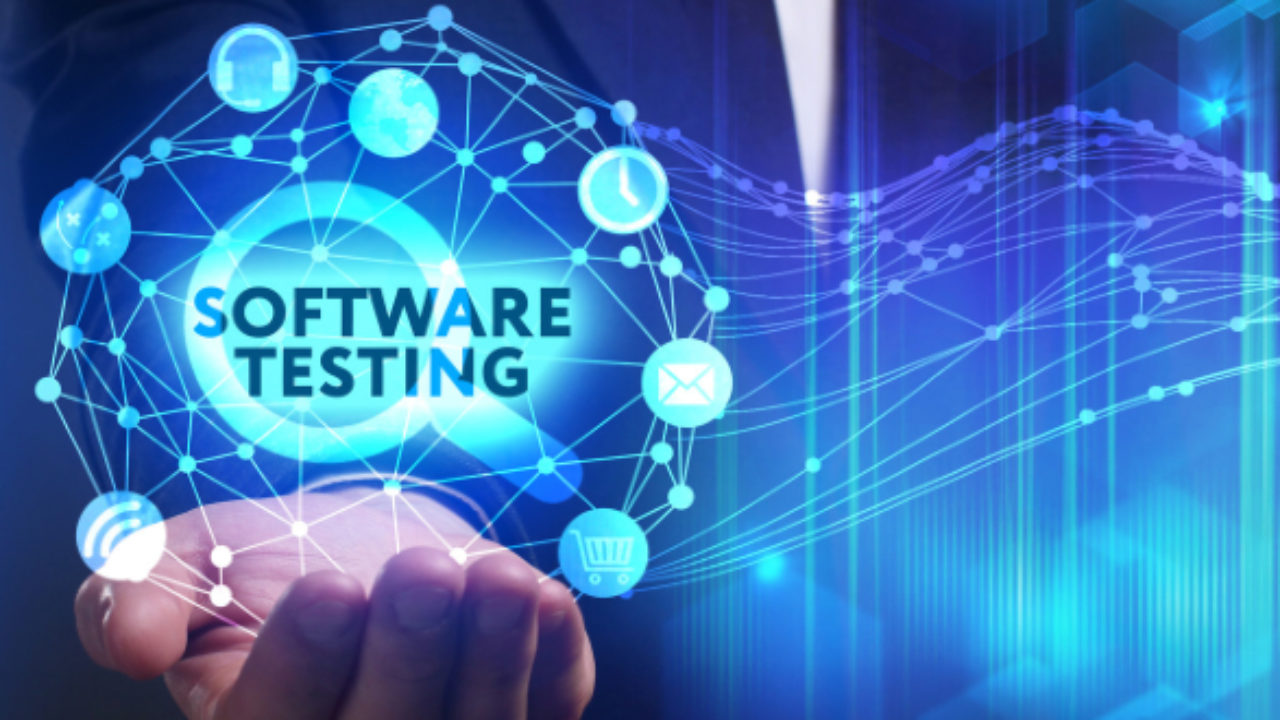
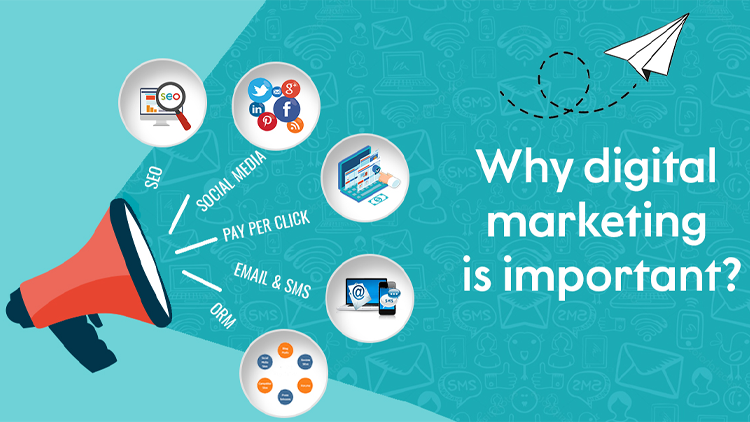

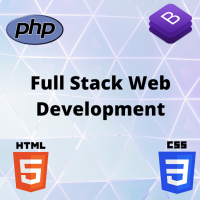
0 Replies to “What Is Digital Marketing - Everything You Need To Know”
Leave a Reply
Your email address will not be published.